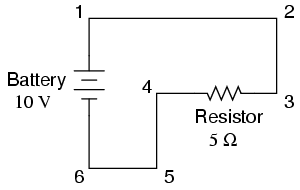onetwothree4
Member
Just reading and confused about this anyone get it?
not sure really about how it works ( is just a measured phenomenon where there is no explanation just something to remember is true?)
[or is there a fact about the workings of voltage that states this rationally]
not sure really about how it works ( is just a measured phenomenon where there is no explanation just something to remember is true?)
[or is there a fact about the workings of voltage that states this rationally]

